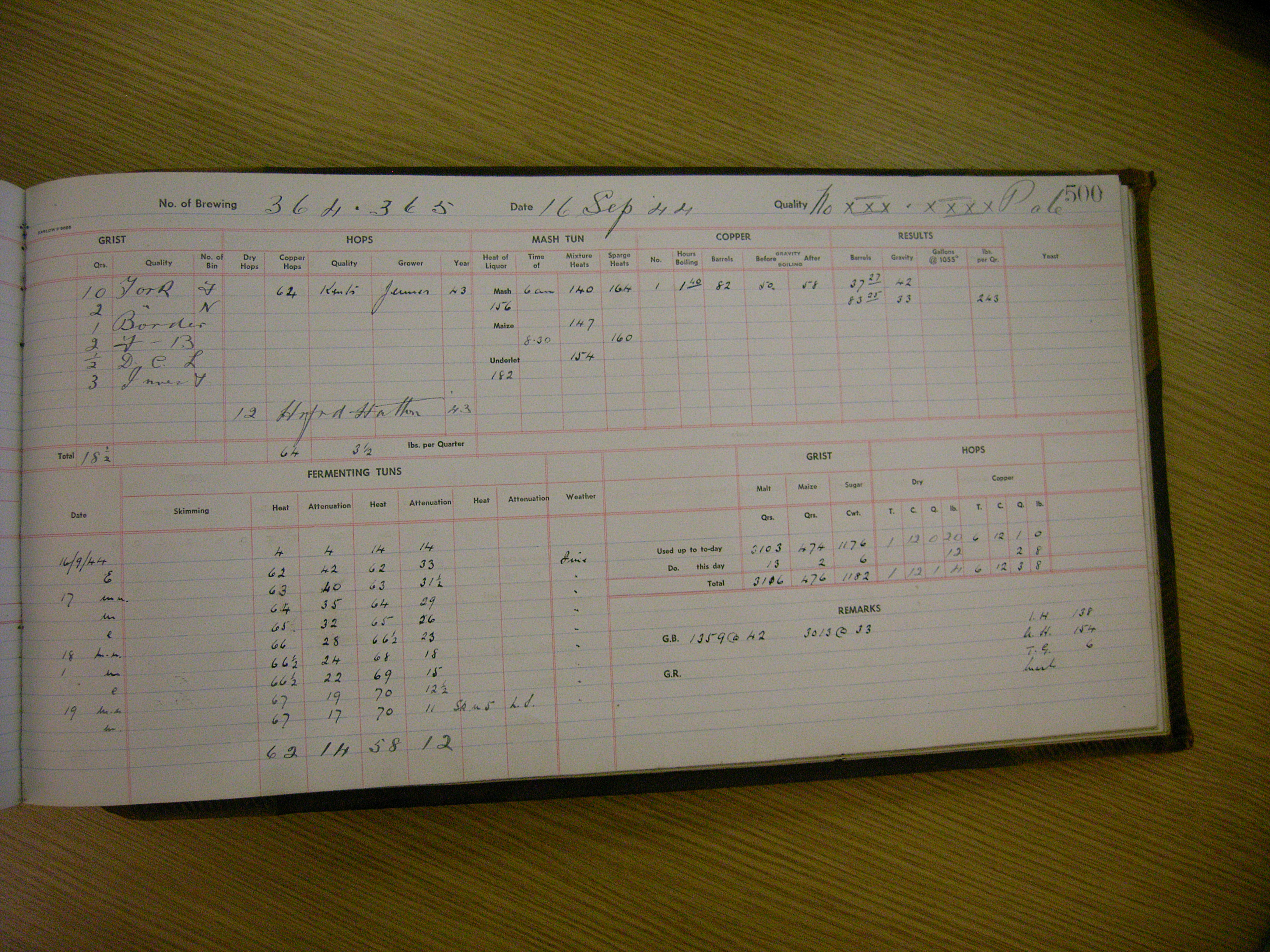So I've been brewing a few batches of bitters with invert, and I really like the flavour it contributes.
But I find it thins out the body a bit, and thought of adding something like 3-5% flaked barley to give it a little thicker mouthfeel, yay or nay?
Also been using Northdown hops a bit, I really like the flavour/aroma of them, kinda tastes like what it smells when you walk in a damp pineforest during autumn. Might try them with Bramling X 50/50 for flavour and aroma additions, anyone got any experience with this combo?






















































![Craft A Brew - Safale S-04 Dry Yeast - Fermentis - English Ale Dry Yeast - For English and American Ales and Hard Apple Ciders - Ingredients for Home Brewing - Beer Making Supplies - [1 Pack]](https://m.media-amazon.com/images/I/41fVGNh6JfL._SL500_.jpg)




 I've re-cultured the Essex and done a first 3 gallon 1030 recipe (and shared out this flocculating yeast to the gang at the local HBS). Going to take a crack at re-vitalizing the Manchester Ale tonight. I picked up the mixings already 30 mjnutes ago for
I've re-cultured the Essex and done a first 3 gallon 1030 recipe (and shared out this flocculating yeast to the gang at the local HBS). Going to take a crack at re-vitalizing the Manchester Ale tonight. I picked up the mixings already 30 mjnutes ago for 